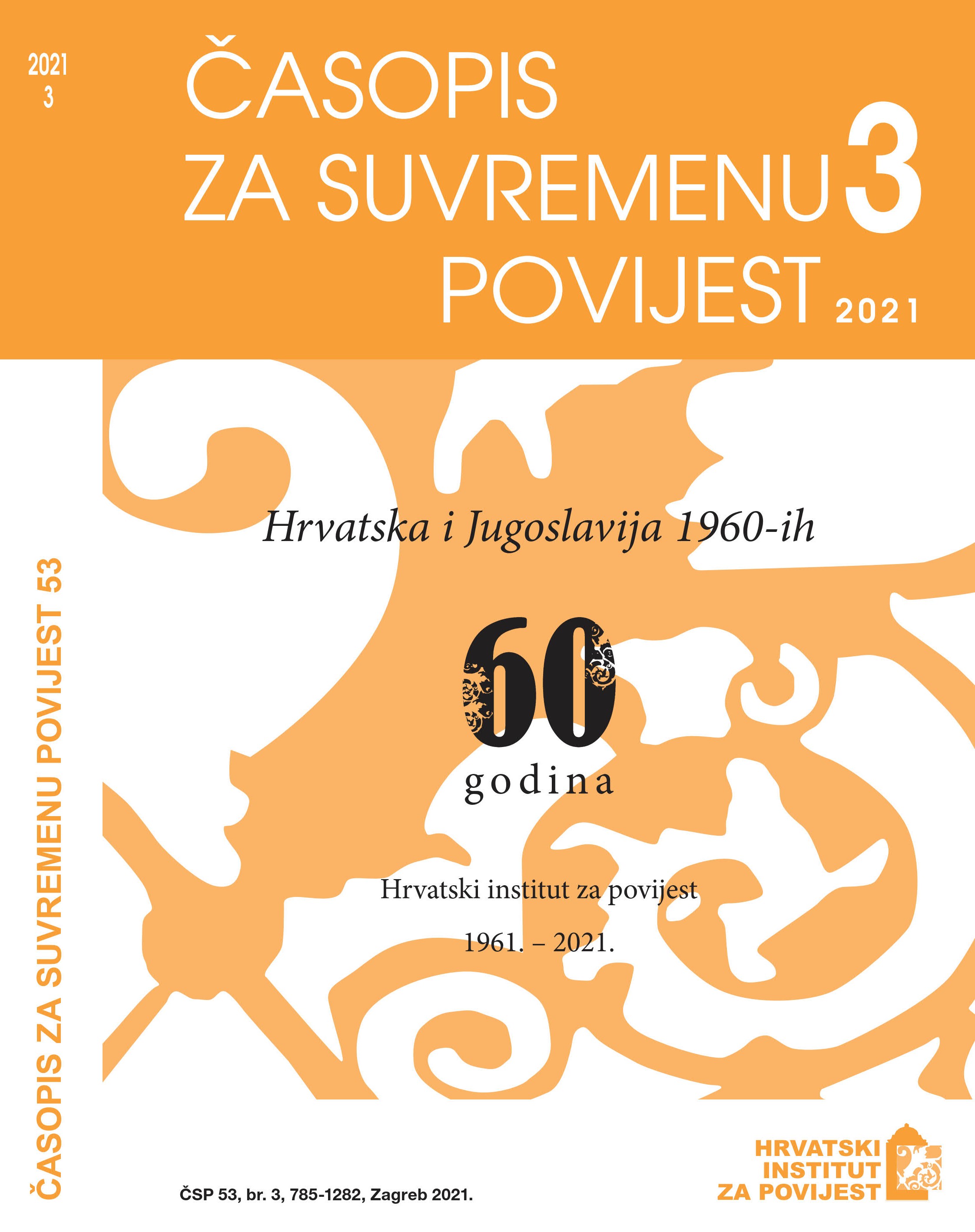Operativne mjere komunističkih represivnih službi prema Katoličkoj crkvi u Hrvatskoj od 1951. do 1965. godine
The Operational Measures of Communist Law Enforcement Authorities Towards the Catholic Church in Croatia from 1951 to 1965
Author(s): Miroslav AkmadžaSubject(s): Politics and religion, Post-War period (1950 - 1989), History of Communism
Published by: Hrvatski institut za povijest
Keywords: State Security Administration; Catholic Church; Croatia; communist regime;
Summary/Abstract: After the establishment of communist rule in Yugoslavia and the elimination of all political opponents, the Catholic Church remained the only strong and well-organised institution in which the communists saw a possible opponent. This is why the communist authorities carried out a series of repressive and political measures in order to prevent its public activities and weaken its influence in society. Bishops and priests were assassinated or imprisoned, Church property was confiscated, religious publications and seminaries were banned, religious schools were closed and ordinands pressured to give up on studying for priestly vocations, a propaganda campaign was launched against the Church and its priests, priests were scrutinized (especially through clerical associations) and recruited as informants for the secret services, and a series of other measures was carried out with the goal of weakening the influence of the Church in society. The main operational role in the implementation of these measures was played by law enforcement services, primarily the State Security Administration and the other services of the Secretariat of the Interior as well as the Counterintelligence Service, which concerned itself mostly with ecclesiastical persons performing compulsory military service in the Yugoslav People’s Army. These services’ annual reports for Croatia from 1951 to 1965 and their analyses and studies, which only became available to the public in the Croatian State Archives in Zagreb in 2017, offer us insights into law enforcement’s views on the conditions in the Catholic Church, their assessments of its ‘hostile’ activities, and the ways in which they planned their activities and carried out certain anti-Church measures. In addition, this paper is the first to present the actual numerical indicators of priests and other Church officials or persons closely connected to the work of the Church who were in various ways employed as a part of the collaborator networks of communist secret services in their activities regarding the Catholic Church in the stated period. It is important to highlight that the vast majority of these persons agreed to collaborate due to pressure or blackmail, for the most part failed to produce the results that the State Security Administration had expected of them, and were therefore often removed from the collaborator network. The State Security Administration benefited little from this network, and the fact that it failed to achieve its goals in its struggle against the Catholic Church confirms this.
Journal: Časopis za suvremenu povijest
- Issue Year: 53/2021
- Issue No: 3
- Page Range: 901-923
- Page Count: 23
- Language: Croatian

